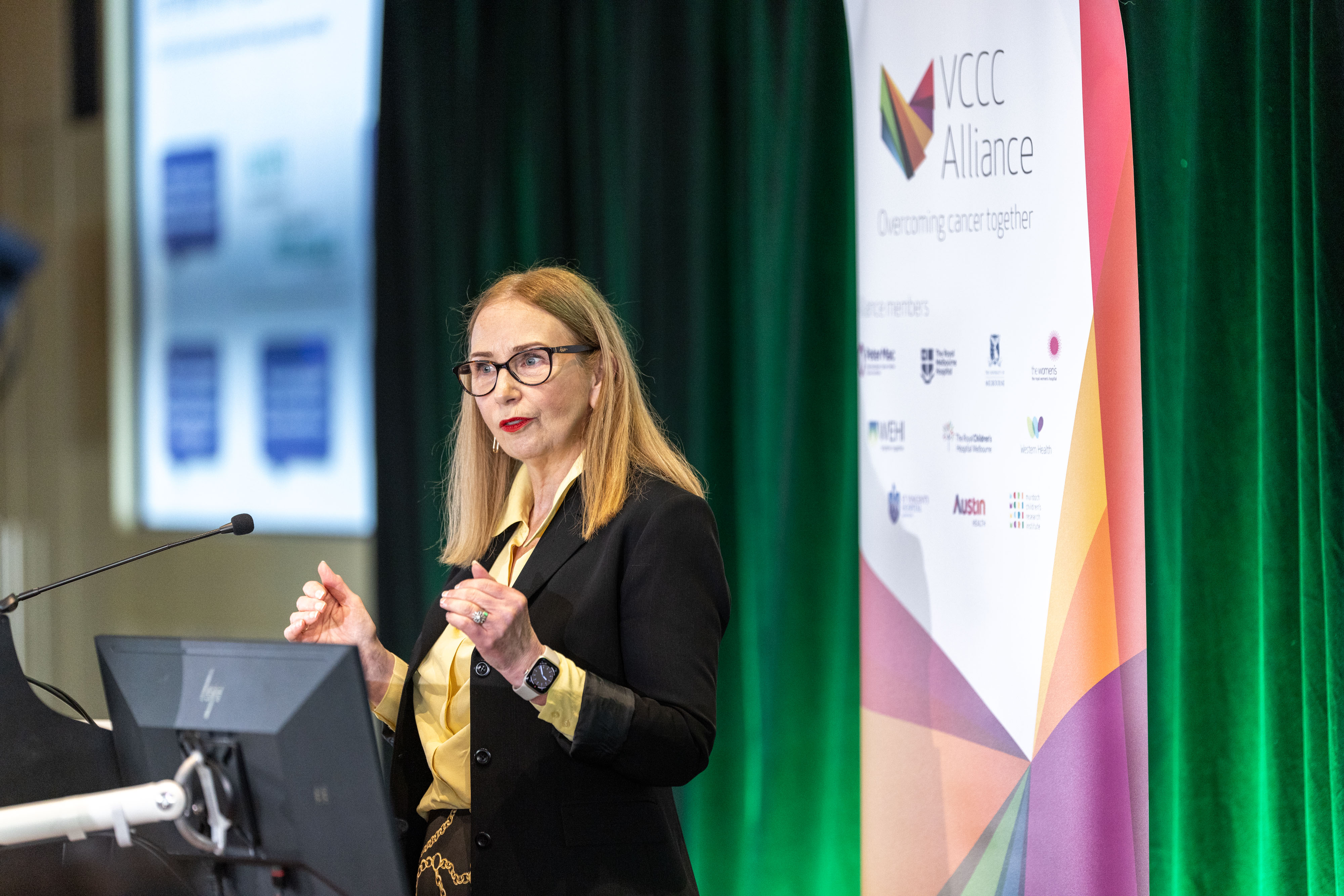






Ensuring the safety of your trial participants is the most important task when conducting a clinical trial.
Sponsor-Investigators, site Principal Investigators (PIs) and their research staff, institutions and ethics committees all have a responsibility to monitor, assess and report safety events that occur in investigator-initiated trials (IITs).
Institutions should have standard operating procedures and supporting guidelines and templates to help everyone monitor and report safety events for IITs.
See the MCRI: SOP Monitoring Visit Activities for Clinical Trials of Investigational Products for an example.
The process for reporting safety events can be confusing. To make it easier to understand here are two process maps that show the responsibilities and decision-making process for both the Sponsor-Investigator and site PIs when monitoring, assessing, reporting and documenting safety events:
